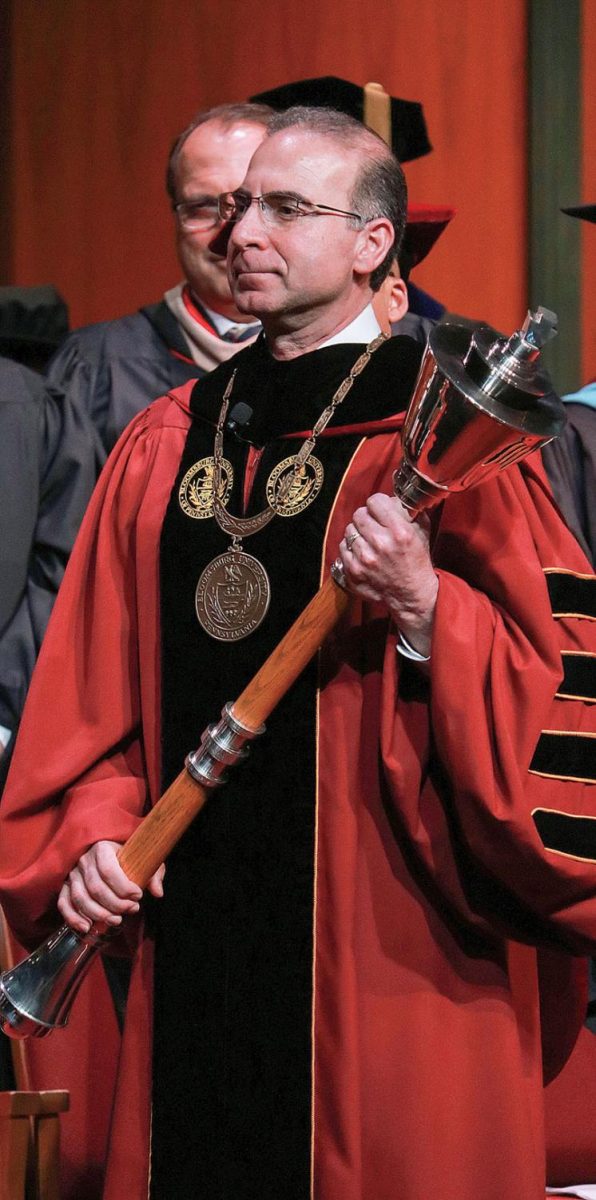This charming indie game changed the casual gaming market with its release in February 2016. “Stardew Valley” is a role-playing game in which the player leaves their lackluster office job in the city to reclaim the family farm they inherited with their grandpa’s passing. What starts off as a run-down and overgrown farm quickly becomes the player’s haven as they restore the property and figure out their routine in Pelican Town.
There is plenty to do in the small, quaint little place where the player meets a diverse cast of townsfolk, rebuilds a community struck with hardship, go spelunking in caves for treasure, forage for ingredients and supplies, and reel in the next catch of the day. And that’s all outside of the farm, which is just as customizable as the Farmer. With a variety of different ways to support the Farmer’s life and the family they’re part of, this game is ripe with replay value.
What makes this game the one to breathe life back into a dying genre? Well, two things: the level of care from its developer and the community backing it. Solo developer Eric “ConcernedApe” Barone’s inspiration for “Stardew Valley” was the beloved “Harvest Moon” series, a must-have for farming RPG lovers.
Barone’s eye for detail and the four-year long dedication to world creation and programming processes fostered a community of players who cared about the game as much as the developer. The reception of “Stardew Valley” made Barone one of Forbes’ “30 Under 30” persons to watch in gaming for 2017, and was a massive hit on Steam, the online game distributor.
What started as Barone’s personal project is now available on the Nintendo Switch, PlayStation 4 and Xbox One, with more platform ports in the works alongside online multiplayer gameplay.
“Stardew Valley” is known for its immersive gameplay, soothing original soundtrack and vast arrays of user modifications which propel the community into new adventures.
Much like other role-playing games, “Stardew Valley” gives the player a chance at romance. The paramour system unlocks cut-scenes that explain the non-playable characters’ motivations, hopes and worries. A simple counting scale of hearts lets the player know who is falling for the Farmer as they carefully craft conversations and curate gifts for their beloved-to-be.
Barone also uses the genre trope to add story hooks into the game. By developing relationships with townsfolks, the player is exposed to Barone’s commentary on social issues such as the cycle of homelessness, supporting small-business over supermarket giants and the intersection of alcoholism and depression.
The spark of “Stardew Valley” has turned into a roaring wildfire of new farming simulation RPG’s. The new wave of interest has resulted in titles such as “My Time in Portia,” “Staxel” and “World’s Dawn,” which are redefining the agriculture genre.
The creator of “Harvest Moon,” Yasuhiro Wada, stated that Barone managed to retain the creative freedom that was lost in later “Harvest Moon” installments, and this artistic energy has lived on and fueled the new generation of farming RPG’s.

“Stardew Valley” sowed the seeds for a recent resurgence of farming RPG’s.
















